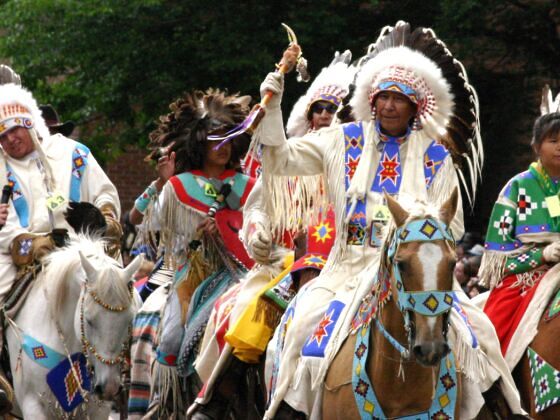“Whenever we think of indigenous people and landscape, we either invoke Rousseau and the old canard of the “noble savage,” which is an idea racist in its simplicity, or alternatively, we invoke Thoreau and say these people are closer to the Earth than we are. Well, indigenous people are neither sentimental nor weakened by nostalgia.”
– Wade Davis, National Geographic Explorer in Residence, at TED
MANY A STORY of discovery begins with the writer hoping to dismiss his or her confusion. With a white hat on my head and boots on my feet, I’m as confused as ever, especially as I walk into the Indian Village on the Calgary Stampede grounds.
